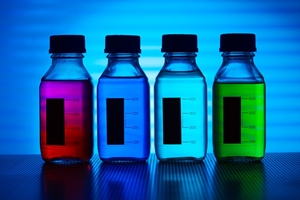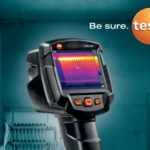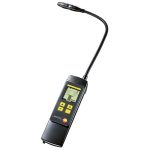The pharmaceutical sector, which generates US$300 billion every year, according to the World Health Organisation (WHO), is characterised by stringent regulations and hundreds of best practices.
Storing biopharmaceuticals and even over-the-counter drugs isn’t as simple as stacking them in an unregulated basement. Companies participating in the sector need to constantly monitor their buildings’ climates to ensure products retain their integrity.
Why it’s such a critical concern
According to McKinsey & Company, large-scale biotechnology production facilities cost between US$200 million to $500 million to construct. The expenses don’t cease after building concludes, either. The expertise and attention required to maintain these assets accrue huge costs over time. In addition, drug costs are expected to rise in the near future:
Drug costs continue to rise and pharma companies are under pressure to explain exactly why http://t.co/SkBUglQycF pic.twitter.com/eY9kZnfOTc
— MedSourceConsultants (@MedSourceJobs) July 30, 2015
As with any business, the key is to ensure these expenditures don’t get out of control. If a critical HVAC unit fails in a hospital or storage, unregulated temperatures could tarnish products and render them useless. What happens if patients need a particular antibiotic following a disease outbreak?
When it comes to facility maintenance, there are five concerns HVAC technicians and facility managers should be aware of:
1. Temperature
A set of guidelines developed by WHO asserted that, assuming particular pharmaceuticals and medical supplies don’t require any specific storage accommodations, these products must be held in structures between 15 to 25 degrees Celsius. Certain conditions may allow for 30 degrees Celsius.
Wireless systems must continuously collect and buffer temperature data.
Web-accessible temperature loggers can alert facility managers to any fluctuations remotely. This allows them to notify nearby workers of the issue so it can be corrected as soon as possible.
2. Wireless communications
Cloud-connected devices present as many advantages as they do requirements. WHO stated that wireless systems must continuously collect and buffer information even during power or network outages. These temperature sensors must be accurate enough to register temperature deviations of 0.5 degrees Celsius or less.
For added convenience, WHO advised facility managers to use platforms to manage and monitor multiple devices. Being able to remotely calibrate sensors makes for a more fluid workflow and also enables professionals to exercise tighter communication protection settings. The latter concern is directly tied into the Internet of Things (IoT):
Just 1 vulnerable device can lead to an entire ecosystem attack: http://t.co/6nlfJ7K1DM #IoT #cybersecurity pic.twitter.com/8FQvzV65v9
— Deloitte Risk (@DeloitteRisks) July 30, 2015
3. Storage design
WHO maintained that all pharmaceutical products must be stored in weatherproof, arid buildings. A facility’s layout should support easy access. For conventional materials, simple shelving will do.
Hepatitis B vaccines will become ineffective if exposed to excessively cold temperatures.
More sensitive items may require specialised rooms. For instance, vaccines require refrigerated environments, and therefore must be held in space and cold-chain rooms. In addition, the humidity of these rooms must be stringently controlled. In this regard, facility managers would do well to regularly conduct checks with handheld devices.
4. Freezing
Although some products require cold storage, those same materials may sustain irreparable damage if frozen. For example, WHO noted that injectable contraceptives, ergometrine, adrenaline, insulin and hepatitis B vaccines will be rendered ineffective if left exposed to excessively cold temperatures.
5. Temperature logger maintenance
Given the importance of ensuring medical environments remain in good form, major problems may occur if they’re not in working order. If on-site technicians can’t deduce what the problem is, the device manufacturer should be contacted immediately.
Overall, it’s best to procure HVAC devices that come with on-site services. If a manufacturer is easy to get a hold of, problems will be mitigated at a quicker pace. Response time is everything in an industry as stringent as pharmaceuticals.









 Reduce cooking oil costs while ensuring quality
Reduce cooking oil costs while ensuring quality Expert knowledge on CO2 monitoring
Expert knowledge on CO2 monitoring Refrigeration knowledge - in 3 modules
Refrigeration knowledge - in 3 modules



